NASA announces more than 1,000 latest Martian surface images
The Reconnaissance Satellite (MRO) was launched into a satellite orbit in 2005 to study and use HiRise cameras to photograph Mars . The MRO sends photos to Earth once a month but this time the photos are very different and unique. The total number of photos is up to 1000 photos.
The photos are sent to show the typical characteristics of the fire surface with crimson craters, sand dunes, mountain ranges or ice peaks . If you have the desire to see your eyes or serve Research purpose click here to view the photo.
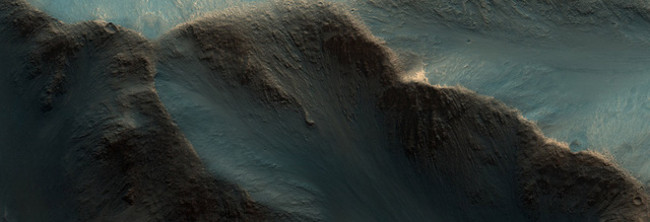 NASA announces more than 1,000 latest Martian surface images Picture 1
NASA announces more than 1,000 latest Martian surface images Picture 1
The familiar image of the slopes of the Hebes Mountains
Alfred McEwen, director of the Planetary Research Laboratory, discussed with Popular Science that their satellites were able to capture thousands of high-quality evidence shots, and quickly transmit data to Based on two main factors.
First, after a 26-month cycle, Mars and the Sun will be in a symmetrical position with the center of the Earth . This results in an ideal condition for the MRO when it is separated from all obstacles that interfere with the ground, which usually takes place over a few weeks, so that the amount of data sent to Earth will be at its best.
Incidentally this event, which happened in May last year, coincides with the time when the Sun shines directly on the equator of Mars. Thereby, every scene from the North to South of Mars is displayed most clearly ever.NASA will use all images recorded from MRO to determine the most suitable location for the mission to land on this planet in the near future.
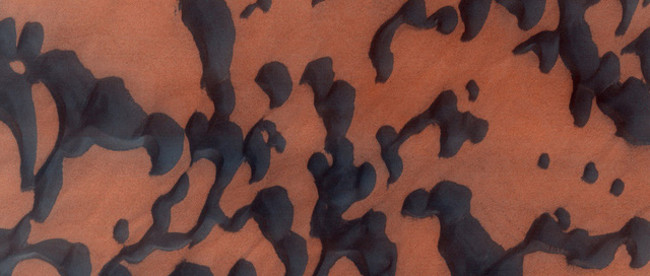 NASA announces more than 1,000 latest Martian surface images Picture 2
NASA announces more than 1,000 latest Martian surface images Picture 2
A sand dune area near the North Pole with numb calling Kolhar.
Some outstanding images of Mars that the MRO has just sent.
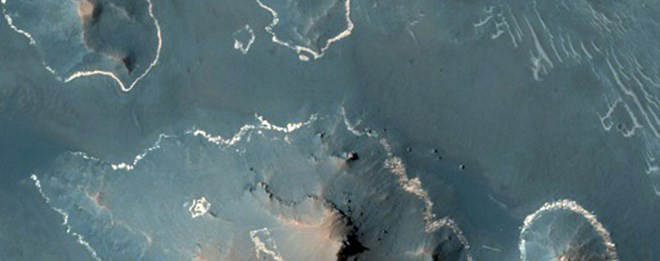 NASA announces more than 1,000 latest Martian surface images Picture 3
NASA announces more than 1,000 latest Martian surface images Picture 3
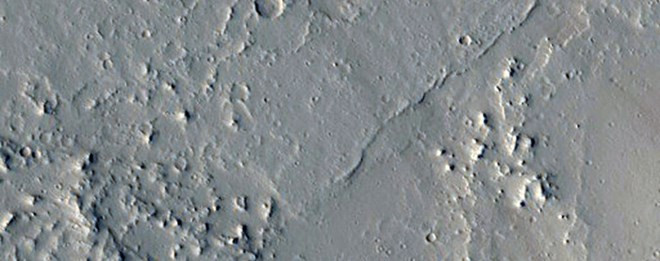 NASA announces more than 1,000 latest Martian surface images Picture 4
NASA announces more than 1,000 latest Martian surface images Picture 4
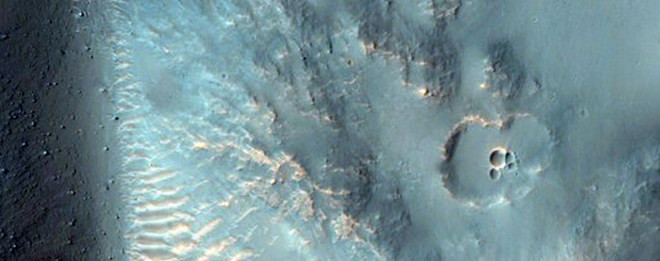 NASA announces more than 1,000 latest Martian surface images Picture 5
NASA announces more than 1,000 latest Martian surface images Picture 5
You should read it
- Why are microorganisms living 'so tough' on Earth but still hard to survive on Mars
- 5 most interesting findings about Red Planet
- NASA reveals its latest snapshot of the Martian surface with a resolution of 1.8 billion pixels
- Looking back at NASA's Mars exploration process over the past 20 years
- NASA 'Mars' helicopter model is almost ready for the journey to conquer Red Planet
- The answer to the disappearance of water on Mars already exists
- Stunned to discover river fossils on Mars
- How does human body change in Mars?
- NASA exploration robots capture the surface of Mars like Earth
- Find strong evidence of life on Mars
- Learn the secret of Mars formation
- The strangest objects ever taken on Mars surprised many
May be interested

The supernova exploded twice in the universe, surprising astronomers

Successfully creating cosmic black holes, demonstrating Hawking radiation exists

Mysterious dwarfs come from a wild place in the universe

Do you think the Sun stands still and the Earth revolves around it? Just wrong!

NASA exploration robots capture the surface of Mars like Earth

Unique giant eye named Helix in space






 NASA exploration robots capture the surface of Mars like Earth
NASA exploration robots capture the surface of Mars like Earth Decipher the mystery behind a photo of a 'human bone' object on NASA's Martian surface
Decipher the mystery behind a photo of a 'human bone' object on NASA's Martian surface NASA 'headache' trying to find a way to bring samples from Mars back to Earth
NASA 'headache' trying to find a way to bring samples from Mars back to Earth NASA announces a stunning series of GIF images that capture the historic moments of the aerospace industry
NASA announces a stunning series of GIF images that capture the historic moments of the aerospace industry NASA announces 10 new 'copies' of Earth that we now know
NASA announces 10 new 'copies' of Earth that we now know